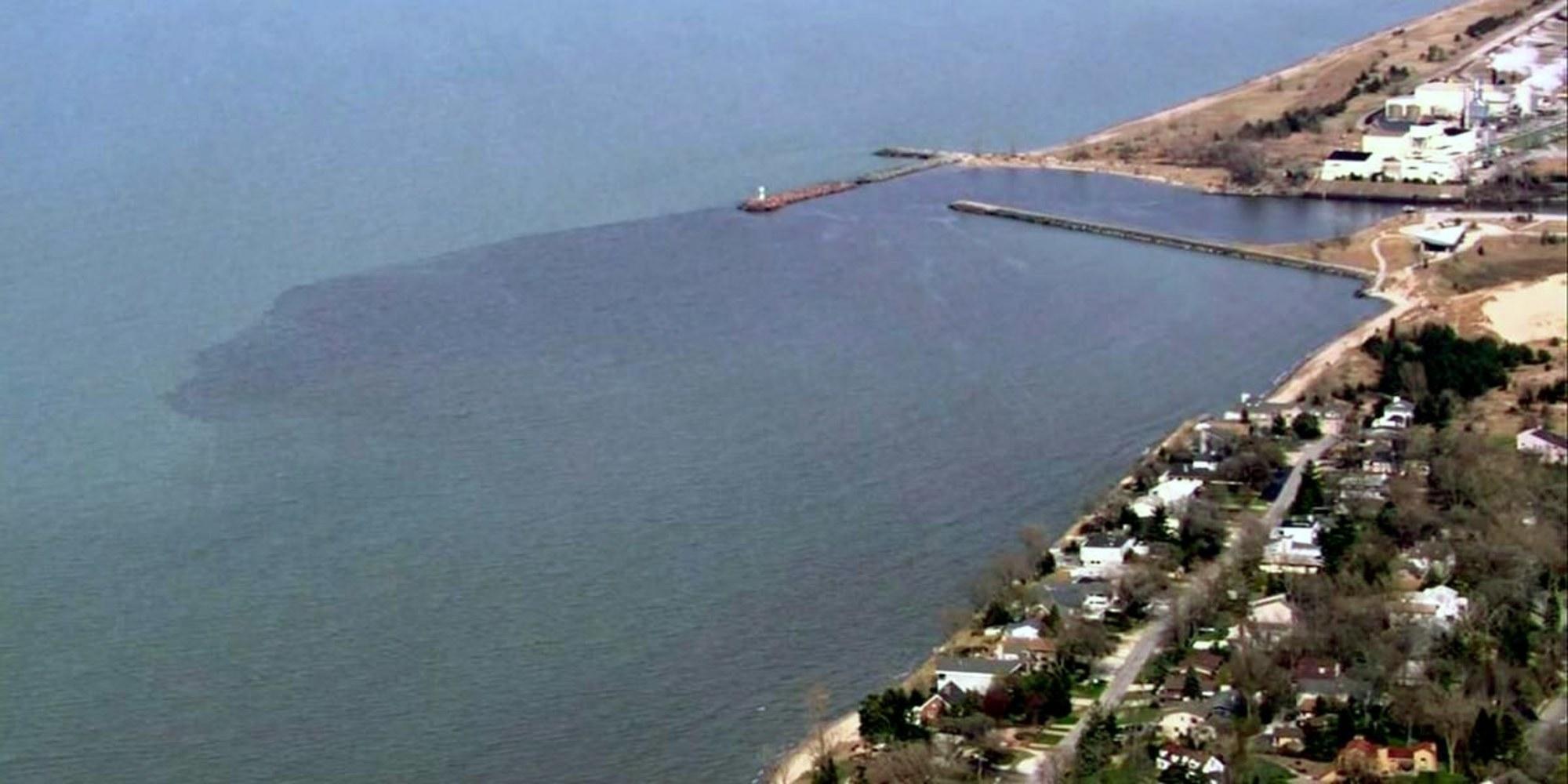

A U.S. Steel plant in Portage, Indiana spilled nearly 300 pounds of a cancer-causing chemical into Burns Waterway last month, documents from the Indiana Department of Environmental Management (IDEM) revealed.
The release of hexavalent chromium was 584 times the daily maximum limit allowed under state law, the Times of Northwest Indiana reported, citing the documents. The plant is permitted to release only a maximum of 0.51 pounds daily.
The toxic industrial byproduct was made infamous by the environmental activist and 2000 movie of the same name, “Erin Brockovich.”
The leak occurred between April 11 and April 12 and forced the closure of several Lake Michigan beaches and Indiana American Water’s intake in Ogden Dunes. Burns Waterway is a tributary that flows into Lake Michigan, a drinking water source for nearby Lake, Porter and LaPorte counties.
Following the spill, U.S. Steel has committed to sampling and monitoring lake water on a weekly basis to ensure it is safe through the swimming season, a U.S. Environmental Protection Agency (EPA) spokesperson said. The discharge was reportedly caused by a pipe failure.
Sam Henderson, a staff attorney for the Hoosier Environmental Council, denounced the spill.
“If U.S. Steel had set up its system responsibly, it wouldn’t have been possible for a single mechanical failure to dump nearly 300 pounds of hexavalent chrome into Lake Michigan,” Henderson told the Times of Northwest Indiana.
“Spills like this show that U.S. Steel isn’t taking that responsibility seriously. Industry needs to step up.”
The chemical spill highlights concerns over the Trump‘s administration’s proposed cuts to abolish the Integrated Risk Information System, the EPA office working on hexavalent chromium standards in drinking water. The cuts would also affect funding for scientific reviews of toxic chemicals and decrease the EPA’s enforcement of environmental laws.
Henderson noted that IDEM’s budget “has been slashed to the bone, and we see the consequences of that in accidents like these.” IDEM is Indiana’s agency charged with protecting the state’s environment and human health.
“Now we face the risk that EPA will be severely cut back as well,” Henderson said. “If those cuts go through, nobody will be minding the store. And if nobody’s minding the store, it’s inevitable that spills like this will become more common.”
Cindy Skrukrud, clean water program director for Sierra Club Illinois, added that U.S. Steel’s spill “illustrates the need we have for a robust EPA to prevent and respond to situations like this.”
“We cannot bear cuts to the EPA staff and to its programs that protect the Great Lakes from pollution and cleanup legacy contamination sites. We are all depending on the EPA as we seek answers to the remaining questions about the impacts of the spill on the aquatic life in Burns Waterway,” Skrukrud continued. “As potential penalties are considered, they should include funding for restoration projects in and near the impacted areal.”
U.S. Steel said last month it takes all incidents “very seriously” and are “fully committed to researching and taking corrective actions to prevent a future occurrence.”
The beaches and water intake reopened on April 17 after EPA water samples detected no levels of hexavalent chromium.
However, last month the National Park Service staff said they were concerned about the long-term potential impacts to beach users’ health, wildlife and other park resources.
“Lake currents and waves have the ability to move this hazardous material onto park beaches at a later date,” the park service said in a news release.
Officials said that periodic beach patrols will be looking for evidence of fish kills or other environmental damage.

 233k
233k  41k
41k  Subscribe
Subscribe 